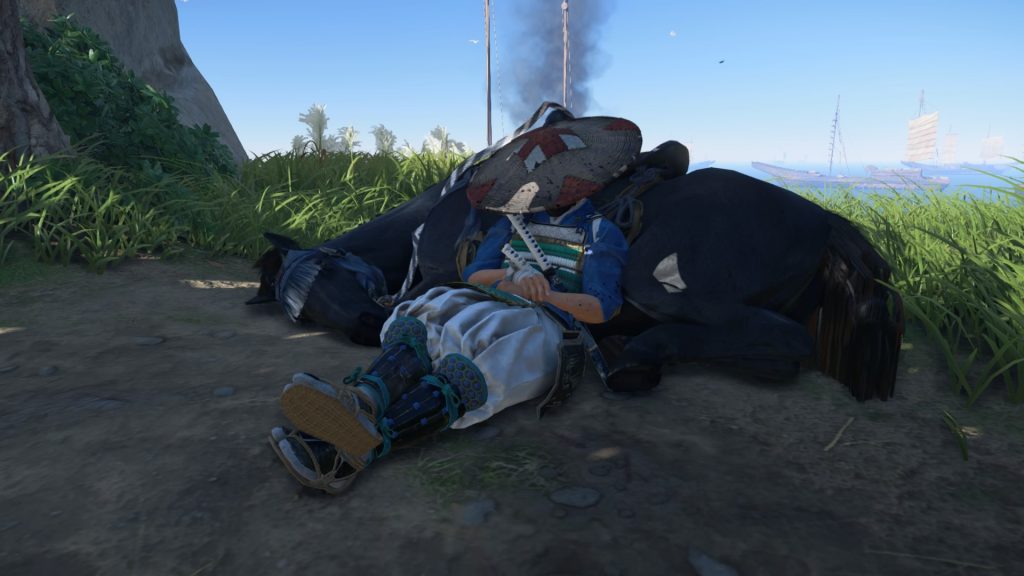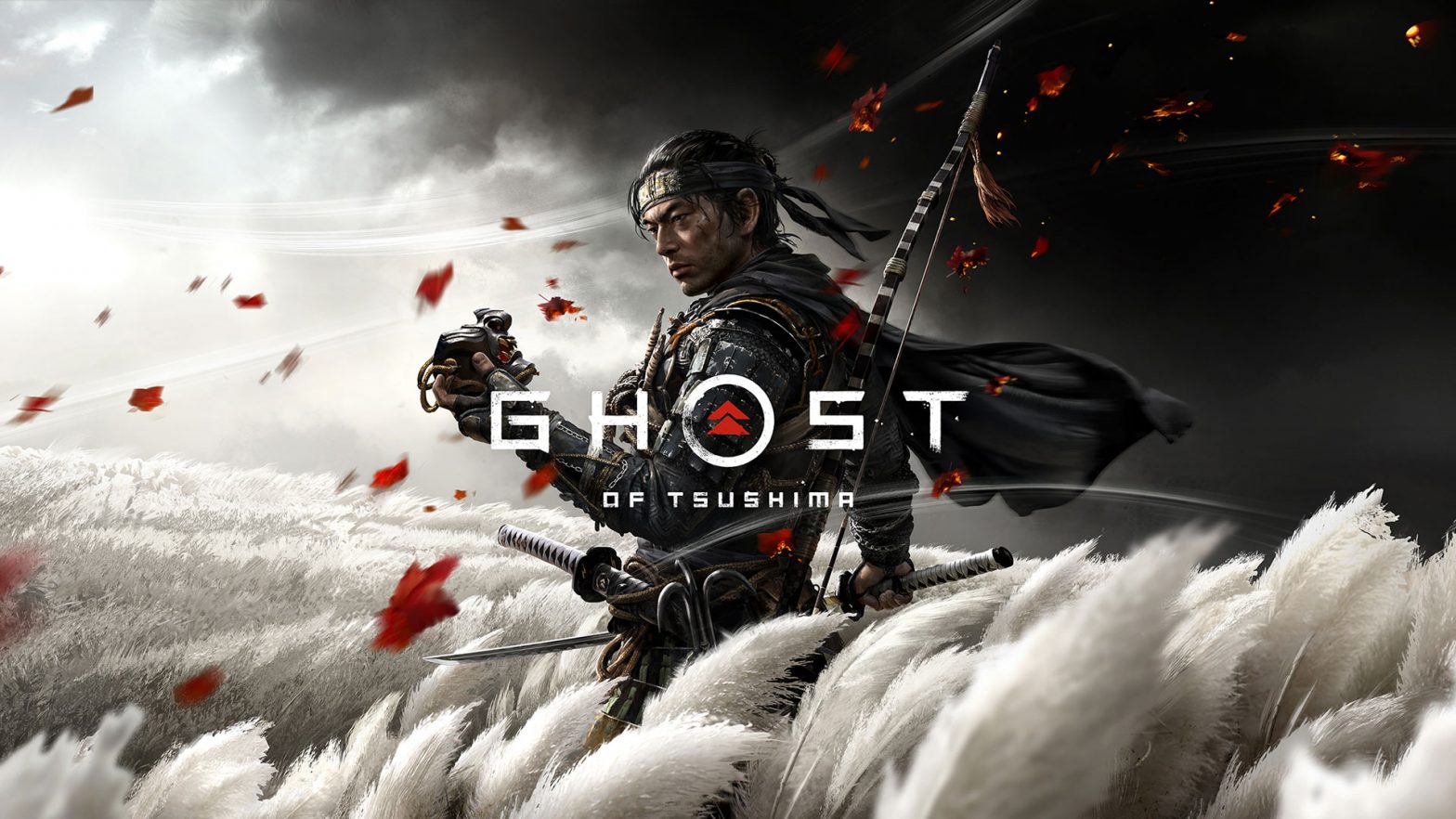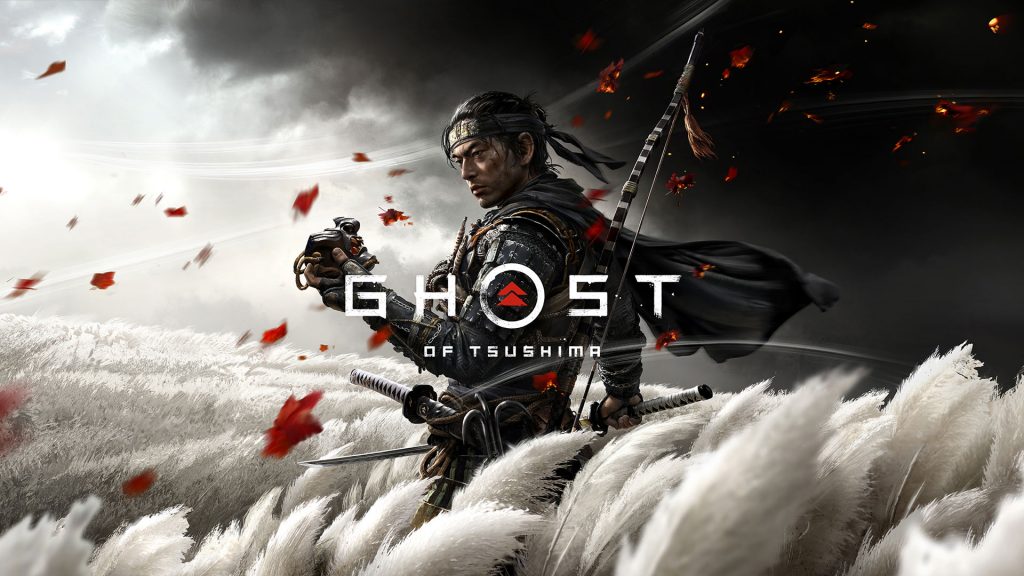
This article originally ran under a different banner/website in September of 2020 and is now being here re-uploaded for purposes of convenience and consolidation. Please enjoy.
Greetings, traveler. Please take a seat by my side, as I am nothing but a humble musician. What’s that? You were expecting someone else to be here? I am sorry to disappoint you. However, I will make it up to you if you would grant me the opportunity. I don’t have much in terms of worldly possessions, but I do have a tale that might pique your interest. It is a tale of a game critic and the open-world game he wasn’t expecting to enjoy. Please let me regale you with the story of the Doomsayer and the Ghost.
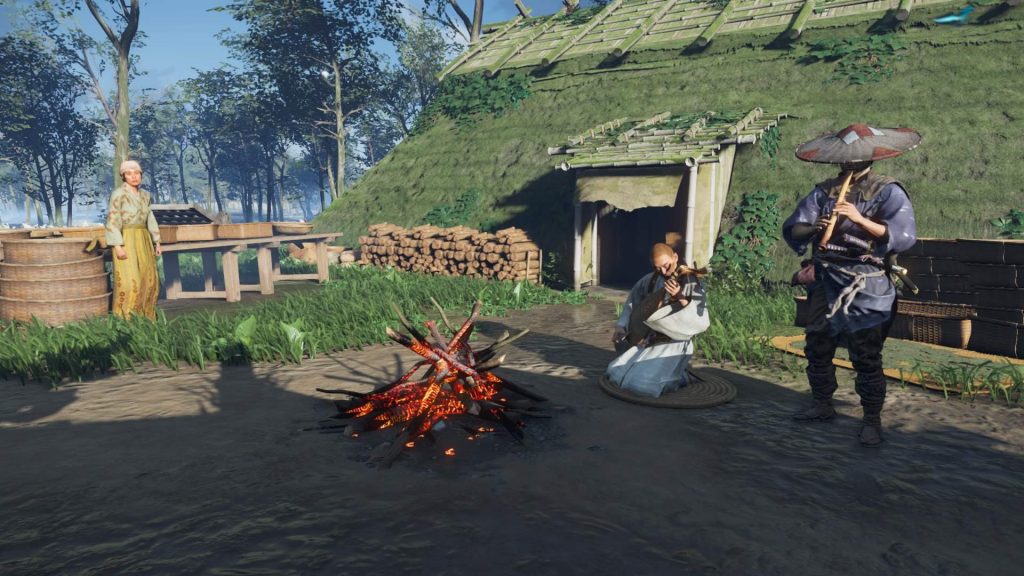
Long ago, there was a ruthless video game critic. Even when he loved a game, he was quick to point out its flaws. Some believed he was too harsh on games, but he believed the only way video games would improve was continuously working to iron out their flaws. As the years went on, his patience for games started to waiver. Games that looked to draw out their run time with endless grind became his mortal enemy. Live service titles and monotonous sandboxes received nothing but his wrath and fury. His name alone soon struck fear into the hearts of developers and publishers. His name was the Video Game Doomsayer.
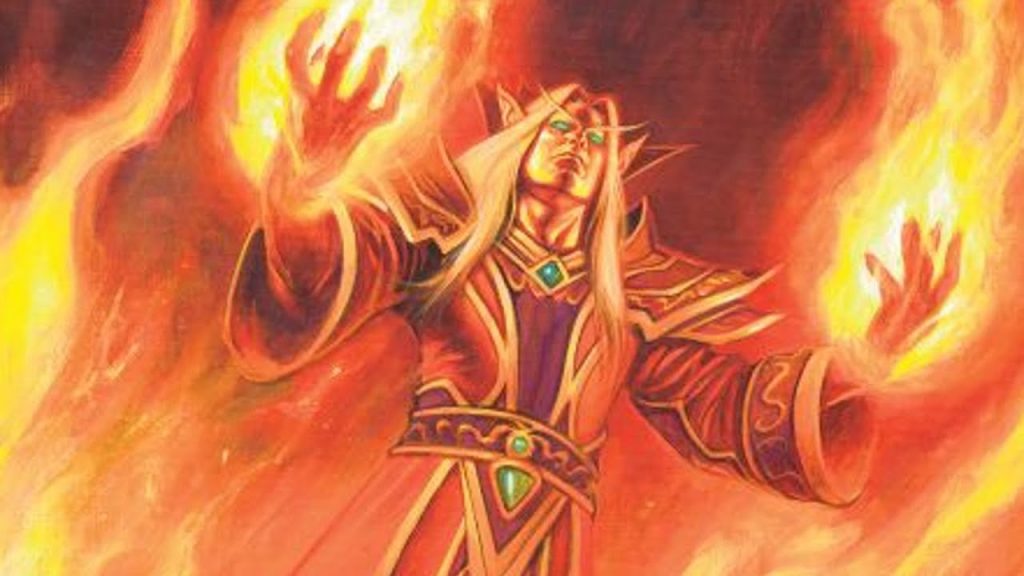
The genre that frequently courted the Doomsayer’s distaste was open-world games. He often looked down on open-world games; believing a lot of them just copied and pasted the same string of activities all over the map. Mini-games with a commute, he would often describe them as. With the torrent of open-world games that the video game industry was flooded with, the Doomsayer wished he could make them disappear with a snap of his fingers. However, one studio, Sucker Punch Studio, was hoping to change his mind. They worked digitately to craft an open world with enough polish and grace to impress even the Doomsayer. They created the Ghost of Tsushima.
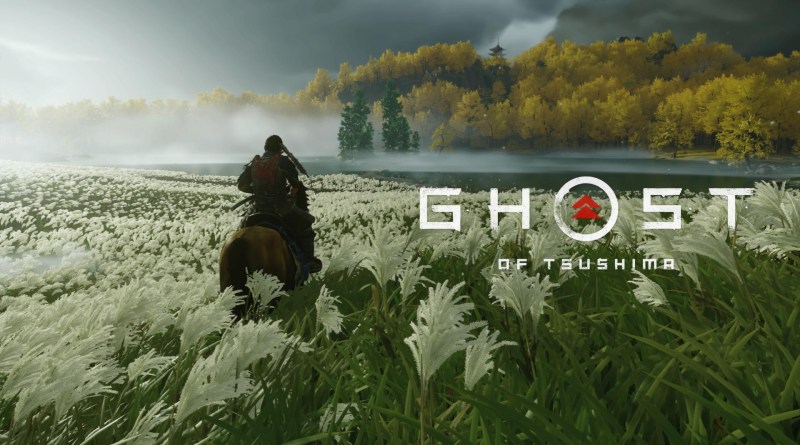
When Ghost of Tsushima first arrived on Doomsayer’s doorstep, he greeted it as if it was another form to be filed. He had recently finished The Last of Us Part 2 and was dismissive of another PlayStation exclusive. Reluctantly, he placed the disk into his console and began the journey of Jin Sakia, a samurai from 1274 Tsushima, Japan amidst the Mongol invasion. The samurai attempted to defend Tsushima but ultimately failed due to a strict code of honor preventing them from adapting to the Mongol’s strategy. Upon watching the Mongol’s leader, Khotun Khan, light a samurai who challenged him to a duel on fire, the Doomsayer felt that the game was laying the villainous nature of the Mongols on pretty thick. However, the scene still made the Doomsayer crack a smile for how over the top it was.
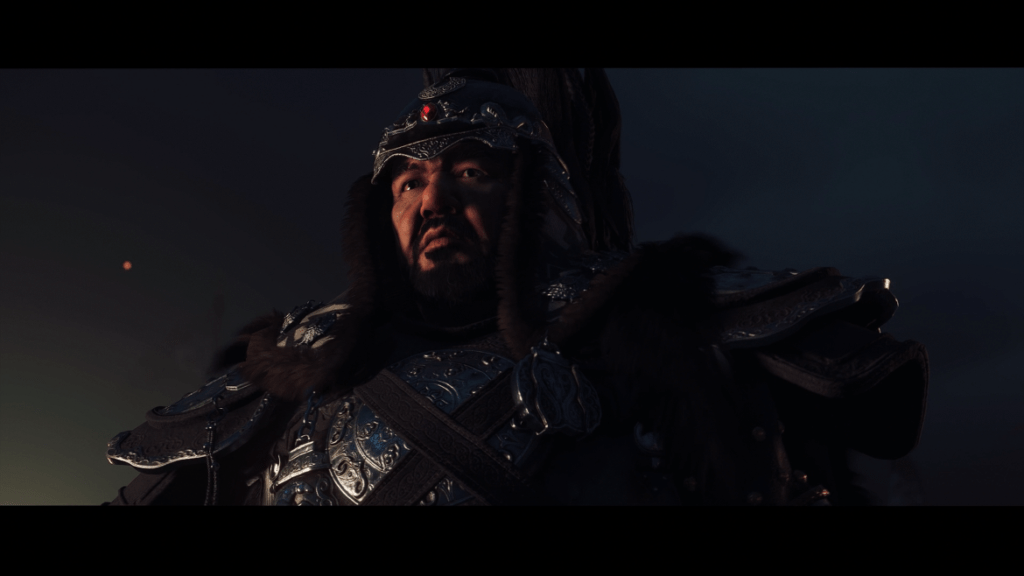
Just as it looks like Jin will be one of the thousands slain along the beach, he is rescued and nursed back to health by a thief named Yuna. She is able to convince him that his samurai skills alone aren’t enough to overcome the Mongol forces and introduces him to some guerilla tacts such as kunai, assassinations, and explosives. As stories of Jin’s heroics travel throughout the land, he becomes the legendary Ghost of Tsushima, a symbol of hope among the people of Tsushima.
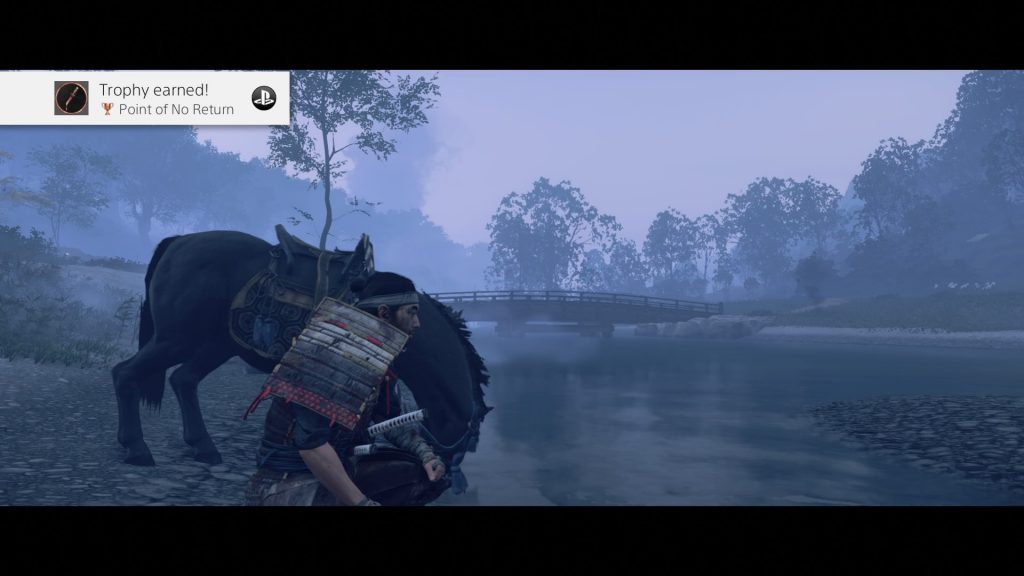
While completely functional, the Doomsayer never felt blown away by the story of Ghost of Tsushima. He often felt he and some friends could have written the story if they did nothing but watch samurai movies for a whole week straight. He would never say he disliked the story of Ghost of Tsushima, but he could only describe it as functional. As the Doomsayer wished Ghost of Tsushima took more risks with its storytelling, he remembered how the story behind Doom Eternal was also threat bare. He decided the story was not worth holding against the game.
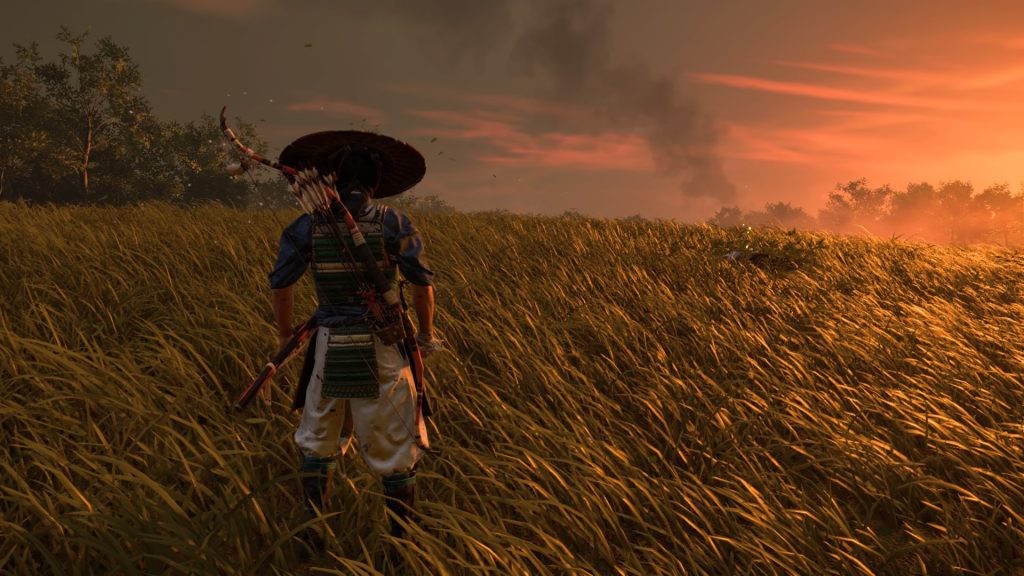
As the Doomsayer completed some story missions, the open world of Tsushima opened up to him. The Doomsayer began to explore the various side activities scattered around the island. He found spots to compose haikus that would provide headbands and hot springs that would increase his health. Both he thought, served as peaceful relief. He also discovered fox dens where foxes would lead him to shrines where he collects charms that help improve his skills in combat. He only enjoyed the fox dens because every so often the foxes would allow Jin to pet them. Watching the fox happily celebrate being petted made the jaded Doomsayer smile. The Doomsayer also discovered shrines atop hills that had to be climbed in an Assassin Creed tower fashion. While these initially didn’t bother the Doomsayer, he soon felt they became tedious especially when they started to increase in length and difficulty.
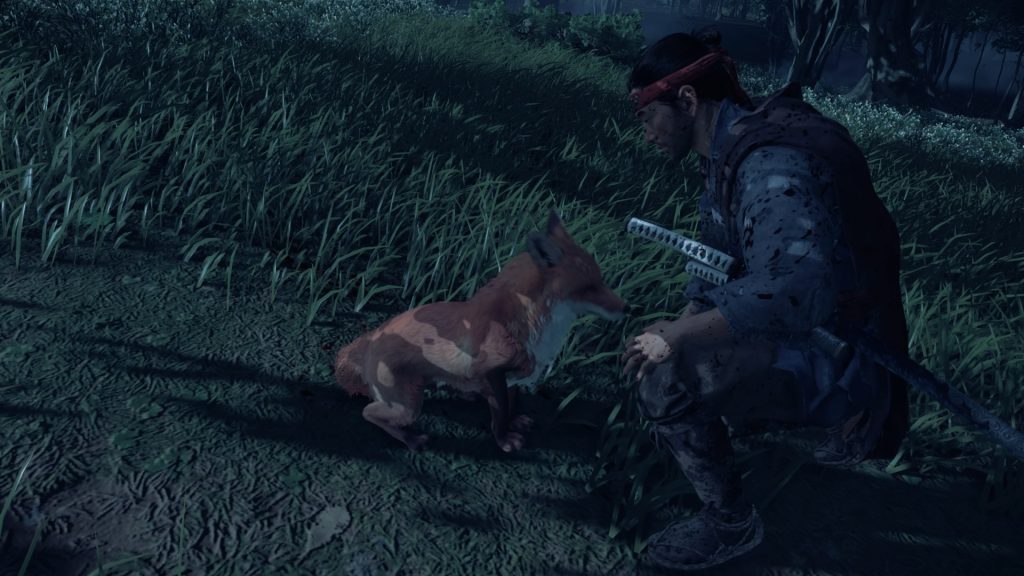
What the Doomsayer didn’t find tedious were the side missions that consisted of assisting allies with their own personal problems to gain their favor. He found that underneath these character’s serious facades was a flawed yet sympathetic set of individuals that he enjoyed interacting with. He yearned for more of these characters, especially when he ran into side quests with nameless peasants. He wished the developers worked less on the copy-pasted fox dens and shrines and created more quests with unique characters within Tsushima. He also desired more Mythic quests, especially ones dealing with more mystical elements of Japanese culture. One Mythical quest dealt with a demon infused within a longbow that ended with a duel against the monster. The Doomsayer had a desire to see Jin take on more urban legends within Tsushima.

The final side activity the Doomsayer found in Ghost of Tsushima was bandit camps. While the Doomsayer often expressed annoyance at the chore of clearing out bandit camps with other open-world titles, he found it quite joyous to deal with these camps. While he discovered Jin had access to some archery and stealth skills to help deal with these, the Doomsayer only enjoyed mixing those skills into his normal combat routines. He sometimes chose to lead with an explosive arrow or use the long grass to scout ahead, but he soon was bored with these methods. He then would draw Jin’s sword and begin to engage in a sword fight.
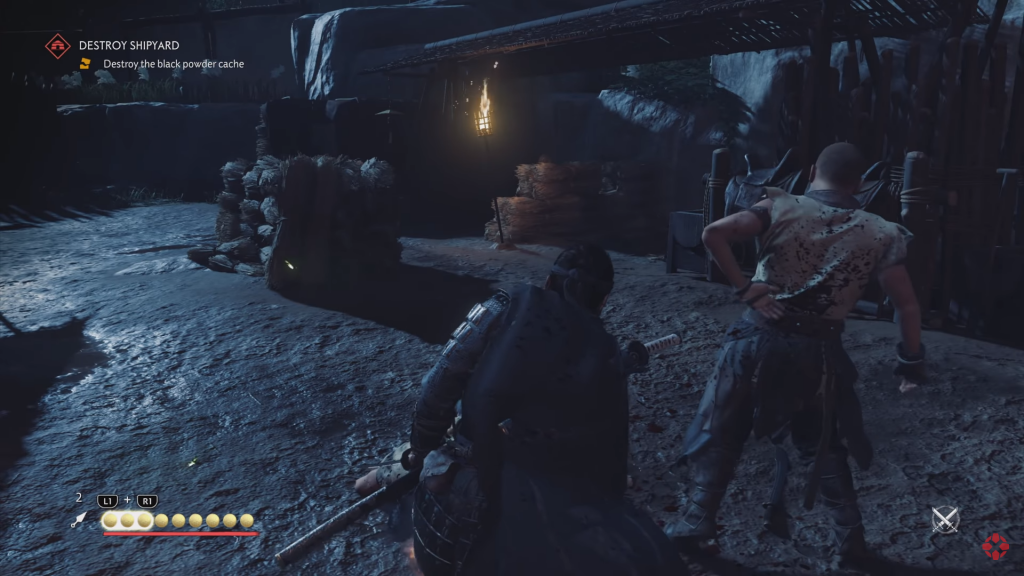
The Doomsayer was hypnotized by the sword fights within Ghost of Tsushima. He enjoyed nothing more than landing that perfect parry, watching the game slow down as the enemy realized just how exposed they were. With quick slashes, the Doomsayer made swift work of enemies who allowed for easy parry opportunities. When unable to time the parries perfectly, the Doomsayer enjoyed the rock-paper-scissor nature of the stance system. By quickly switching to the appropriate stance, he was able to break the guard of an enemy similar to the guard system in Sekiro: Shadows Die Twice. Combined with some special moves he learned from some Mythic Tales such as the Heavenly Strike and the Dance of Wrath, the Doomsayer felt he had truly become a master swordfighter worthy of the title Samurai.
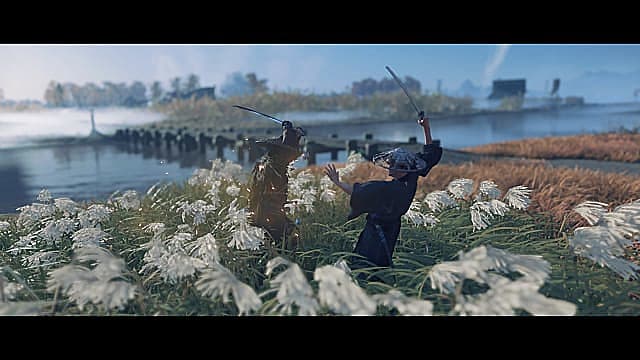
The Doomsayer began looking for any opportunity to fight the Mongols. Early in his journey, he came across a box laying innocently in the road. It smelled of a trap. It did not deter the Doomsayer. The second the trap sprung, the Doomsayer proclaimed he wasn’t trapped here with the Mongols, but the Mongols were trapped here WITH HIM!!! As soon as the last Mongol fell, the Doomsayer knew that the thrill of combat had him hooked. He ventured far and wide searching for any Mongol to challenge his sword skills.

During the Doomsayer’s quest for a worthy challenger, he discovered the standoff ability. When you ride up to a group of Mongols, you can challenge them to a standoff in traditional samurai fashion. Jin will walk up to an opponent, hold his pose, and strike just as the enemy becomes exposed. The Doomsayer was reminded of the standoffs in samurai movies as the game asked him to properly time a quick time event to win the standoff. While losing the standoff never got Jin killed, the Doomsayer could still feel the tension on a knife’s edge as he patiently waited for his opponent to misstep. While the Doomsayer could never boast his mastery of the standoff ability, he always took the opportunity to challenge any Mongol who crossed his path.
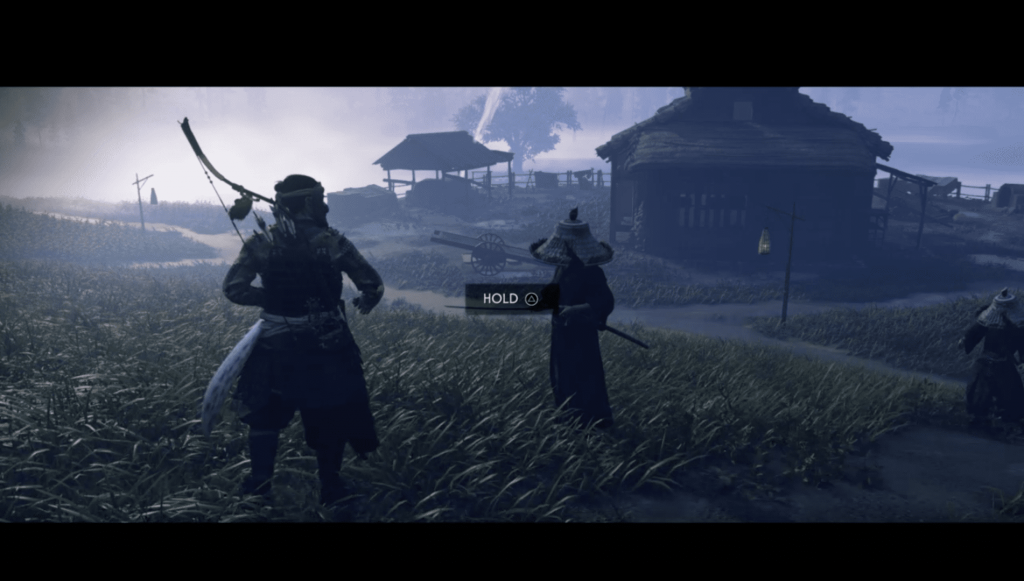
As he continued his journey, the Doomsayer stumbled upon duels. Placed with a circular arena, Jin must engage in a duel with an opponent without using any of his dirty tricks like smoke or sticky bombs. Once again, the Doomsayer was mesmerized by the fluidity of the combat while in a duel. Jin was able to weave in and out of combat with ease. As the Doomsayer began learning his opponent’s moves, he soon was able to master the duels. Flowing perfectly between a quick dodge or well-timed parry. He felt these duels were the perfect way to test a player’s skill, patience, and understanding of the game.

As the Doomsayer continued completing more and more of the Ghost of Tsushima, he began to wonder if the game truly needed to be open world. Could the developers cut out the travel time and just create levels for him to conquer? They would be able to cut out all the lackluster elements like the repetitive shrines. As this thought crossed his mind, he stopped moving Jin and gazed out into Tsushima. He was high on a hill overlooking a forest of autumn red leaves. It reminded him of one of those old Japanese paintings, however, this picture was in motion.
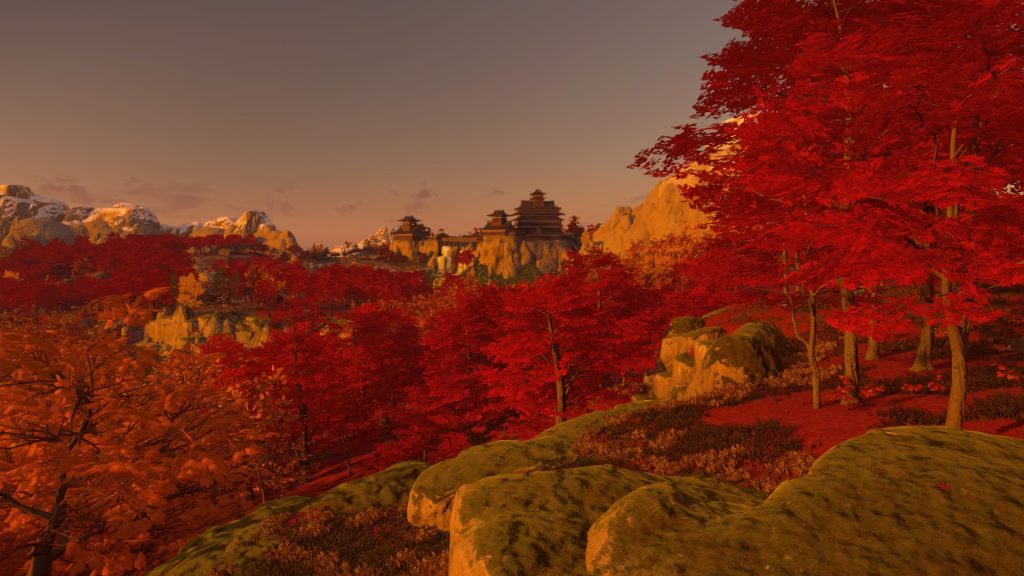
The leaves rustled against the strong winds pointing his destination to the east. Rather than a compass arrow, Ghost of Tsushima had the wind blow in the direction of your next location. Combined with a minimal UI, both helped reinforce the painting motion imagery the Doomsayer saw. He often just rode his horse throughout Tsushima, not only to search for beautiful screenshots but because it reminded him of his World of Warcraft days. Days where he stopped questing and just rode through Azeroth soaking in the scenery. He realized his complaint about the open world was a foolish one.
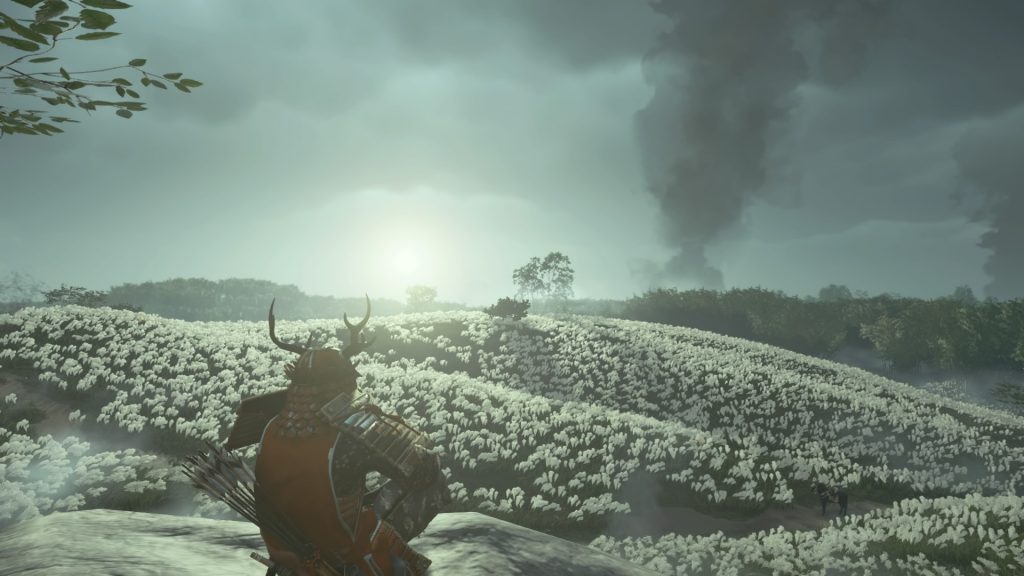
The Doomsayer concluded Ghost of Tsushima wasn’t a flawless experience, he would never say he hated his time with the game. While he wished the elements that seemed copy and paste were not as prolific, he could not say they took away from exhilarating combat or beauty in wandering Tsushima. He even was willing to consider traveling to Japan sometime in his life to see the lands that inspired this game. While his hatred for lazy open-world games still remained, he became hopeful that Sucker Punch studio and other developers would use Ghost of Tsushima as a template going forward. The Doomsayer knew that was unlikely, but he went to bed that night dreaming of the possibility. Filled not with anguish, but hope.
